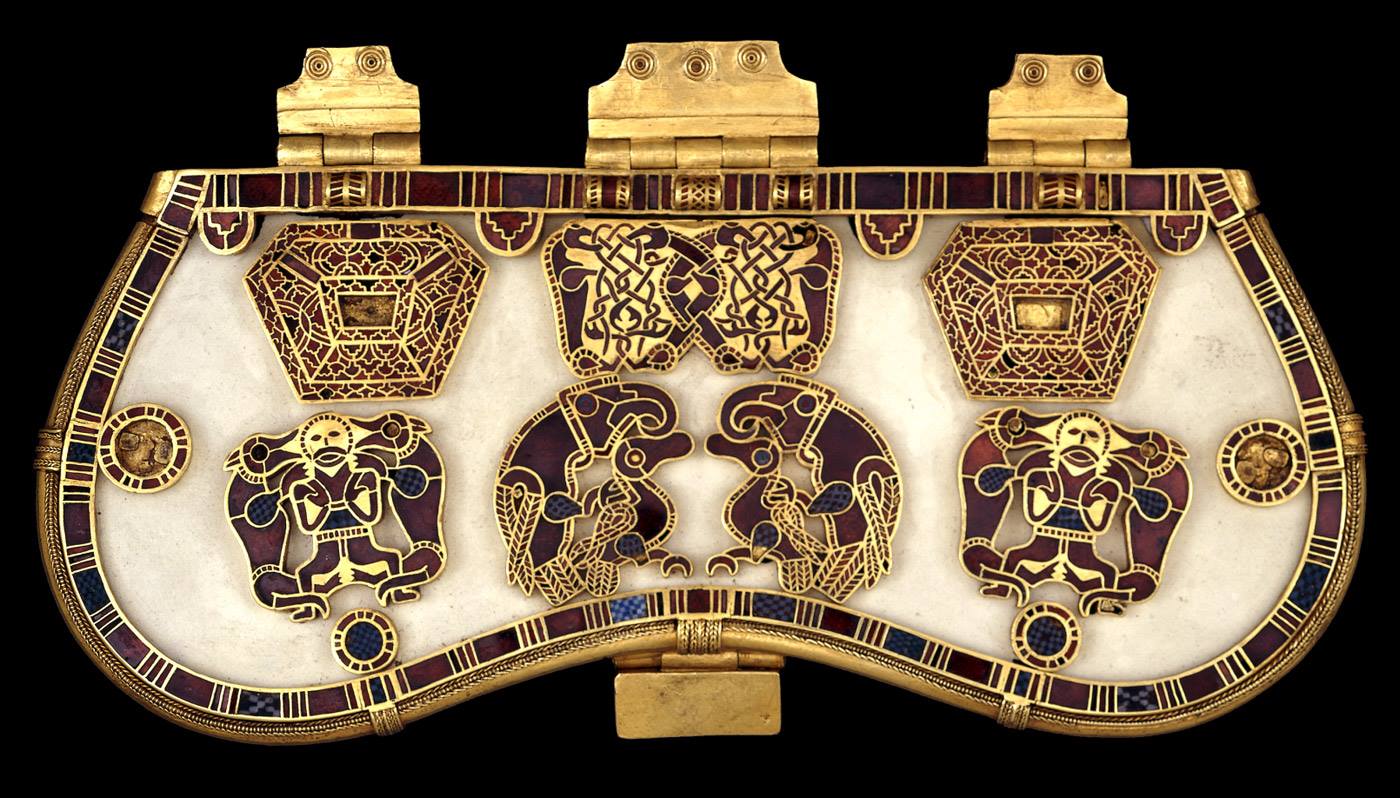

They can’t have my email, and they won’t accept a pic of my ballsack. These registration forms are so prejudiced with what is acceptable and what isn’t.


They can’t have my email, and they won’t accept a pic of my ballsack. These registration forms are so prejudiced with what is acceptable and what isn’t.


Narrator: It won’t.
Narrator 3.5 years from now: It didn’t.


Seriously though, this is the wealthy’s problem. They havee the funds, let them have the kids.


Ancient Egypt be weird though. 4000 years ago, some Pharaoh said.
“I love my kitty so much! She is such a cutie wootie widdle schnookums. I declare my kittie Bastet is now a god!”


What a shithole country.


Remember when eating the rich prepare the billionaires like beef steaks and roasts. The multimillionaires like pork, ribs and butt/picnic shoulder. Prepare economists like sausages.
Remember to cook low and slow and don’t forget the spices.


The world signed a disaster declaration for the USA for terminal stupidity.


No species this stupid was meant to survive. We won’t.


This rings so true it hurts.


Adopting American fascist rhetoric is a stinky cologne for the Conservatives. They wear the unbearable stench well, it suits them.
Such a weird thing to do, in a time of heightened state sovereignty and defense against American turncoats, to adopt the language of your opressors. Creepy as always. What a freakshow.


He is partly right. We’re fucked. Seriously seriously fucked. He is also incorrect, in that without radical action to deviate from our current trajectory, it can and will get much much worse.
China didn’t invent money. The Mesopotamians did.
https://en.m.wikipedia.org/wiki/History_of_money
The establishment of the first cities in Mesopotamia (c. 3000 BCE) provided the infrastructure for the next simplest form of money of account – asset-backed credit or representative money. Farmers would deposit their grain in the temple which recorded the deposit on clay tablets and gave the farmer a receipt in the form of a clay token which they could then use to pay fees or other debts to the temple.[1] Since the bulk of the deposits in the temple were of the main staple, barley, a fixed quantity of barley came to be used as a unit of account.[45]
Trading with foreigners required a form of money which was not tied to the local temple or economy, money that carried its value with it. A third, proxy, commodity that would mediate exchanges which could not be settled with direct barter was the solution. Which commodity would be used was a matter of agreement between the two parties, but as trade links expanded and the number of parties involved increased the number of acceptable proxies would have decreased. Ultimately, one or two commodities were converged on in each trading zone, the most common being gold and silver.
In the introduction section of Handbook of the History of Money and Currency provides a glimpse into the relationship between grains and precious metals during this emergence of currency: “Grain was used as unit of account to calculate values, measure labor time and land yield, and as means of payment in agricultural and handicraft activities. Silver was used as means of payments for taxes and fees and for long-distance trade.”[47] Stability of this type of currency was enforced by the ruler and backed by temples at that time. In essence, to reduce complications and nuisance of trading and bartering, grain and silver were utilized by early civilizations because they were portable, had use, and were divisible.
This process was independent of the local monetary system so in some cases societies may have used money of exchange before developing a local money of account. In societies where foreign trade was rare money of exchange may have appeared much later than money of account.
In early Mesopotamia copper was used in trade for a while but was soon superseded by silver. The temple (which financed and controlled most foreign trade) fixed exchange rates between barley and silver, and other important commodities, which enabled payment using any of them. It also enabled the extensive use of accounting in managing the whole economy, which led to the development of writing and thus the beginning of recorded history.[48]
Also
https://worldhistoryedu.com/the-history-of-money-when-were-coins-first-used-and-by-whom/
Egypt, Ur etc…